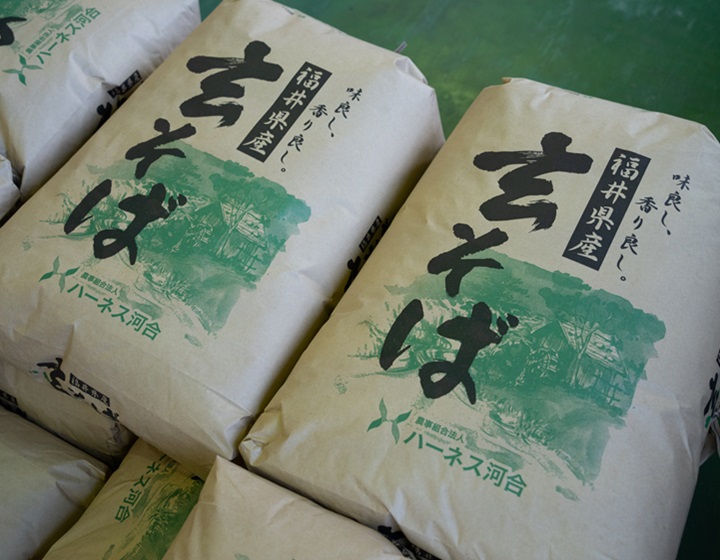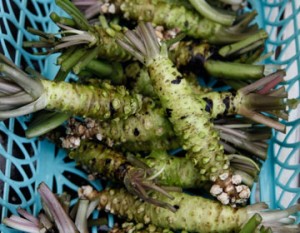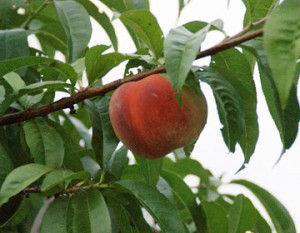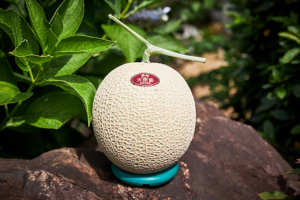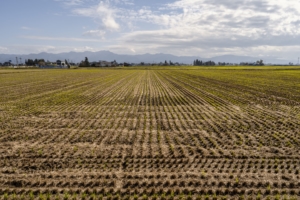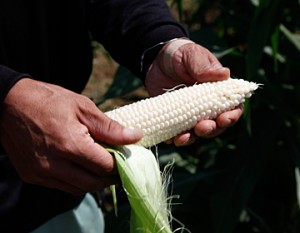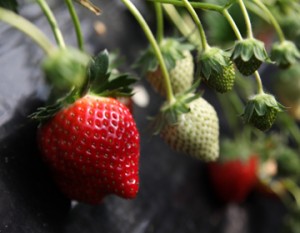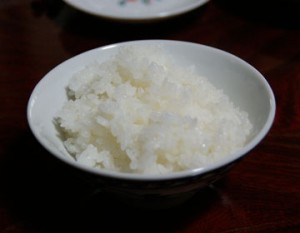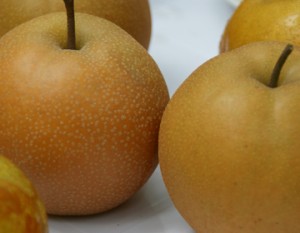Amid increasingly severe conditions surrounding agriculture, such as low rice prices and labor shortages, Harness Kawai, an agricultural cooperative in Fukui City, Fukui Prefecture, was one of the first in Japan to establish a community farming system, which has dramatically improved rice productivity. In recent years, they have also been cultivating “native buckwheat” and vegetables, and their numerous efforts to add value to buckwheat in particular have been attracting attention.
Cooperative corporation to help local farmers survive
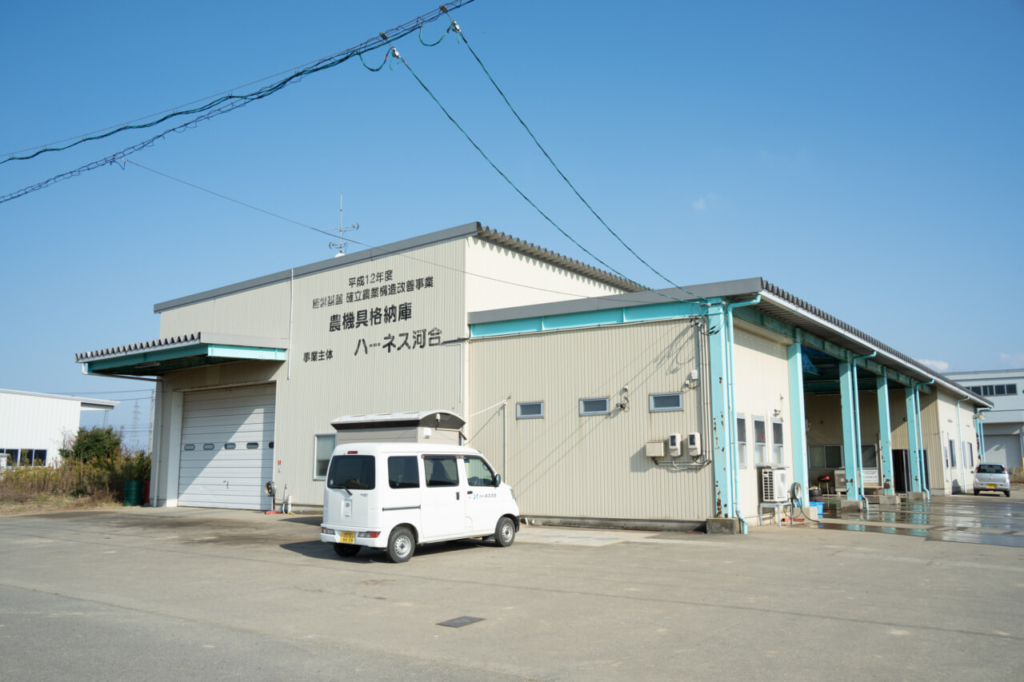
The Kawai district, located about 10 km north of central Fukui City, is a rural area bordering the Kuzuryu River, the largest river in Fukui Prefecture. The agricultural cooperative “Harness Kawai” is located there. 103 farmers in the area joined together in 1998 to form the production cooperative of the same name, which was incorporated in 2011. Currently, more than 150 farmers participate in the cooperative, which produces Koshihikari rice, Fukui Prefecture’s new Ichihomare brand rice, Gohyakumangoku sake rice, Rokujo barley, of which Fukui Prefecture is the largest producer in Japan, vegetables such as broccoli and lettuce, as well as summer soba, which is rare nationwide, and a native variety of soba that has become increasingly popular in recent years. The company also produces a variety of vegetables, such as broccoli and lettuce. The company also sells its original brand of sake and shochu, produced under contract to a sake brewery in Fukui City.
Work on cultivation of native species
Fukui Prefecture is famous for Echizen oroshi soba (buckwheat noodles with grated radish), which is served with plenty of grated radish and soba-tsuyu (buckwheat sauce), and has attracted the attention of soba connoisseurs nationwide as a kingdom of native buckwheat varieties. Native buckwheat is a type of buckwheat that has been cultivated in a particular region for a long time without being improved. In Fukui Prefecture, there are a large number of native varieties remaining in each region, with 22 strains remaining at the Fukui Prefectural Food Processing Research Institute. The reason there are so many is that Fukui Prefecture has positioned native varieties as specialty products and has worked to brand them. Buckwheat is a polyploid plant, so it is easy for other varieties to get mixed in with buckwheat if they are grown nearby. Once intermingled, they lose their unique characteristics, and the unique native varieties that once existed throughout the country have gradually disappeared. At Harness Kawai, representative native varieties such as “Ono,” “Miyama,” “Maruoka,” and “Imajo” are grown. Compared to improved soba varieties, native varieties are smaller and less productive. However, in addition to having a richer flavor and higher aroma, their greatest appeal is their terroir, which is created by the soil, water quality, and cold temperature differences in a particular region.
Mr. Possafumi Ogura, who is currently in charge of soba at Harness Kawai, says with a smile on his face, “In the past few years, the name recognition of Fukui’s native buckwheat has increased dramatically, and we are receiving orders from all over the country.
Passing on the Passion for Farming
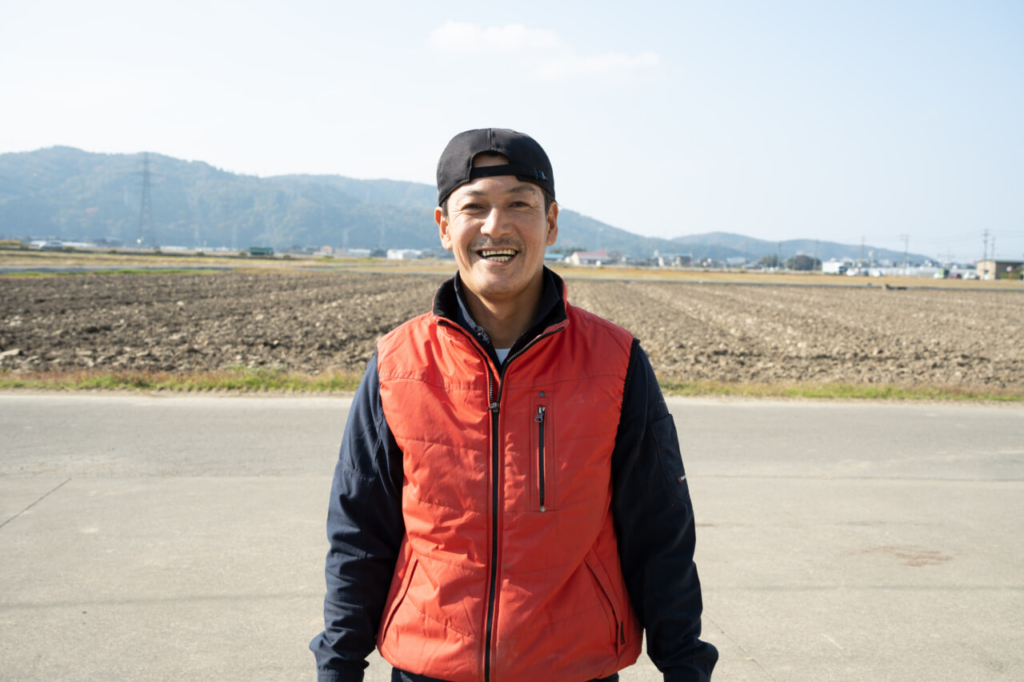
Ogura joined Harness Kawai in 2018 after many years of working in automotive sheet metal painting.
Soba is a crop that grows relatively well as long as the weather is good. However, it is vulnerable to water. After the torrential rains that have been increasing in recent years, the seeds were re-sown and the crop was somehow harvested. When Mr. Ogura first joined the company, the seeds were first sown all at once and then trenches were dug for drainage, but recently this practice has been revised and the sowing and trenching are done in parallel to avoid stepping on the seeds.
Although it has increased the amount of work required, we are now able to harvest consistently,” he says. Mr. Ogura says he also enjoys trial and error in order to grow good quality crops. His passion for farming was inherited from his late father, Eiji Ogura, who was instrumental in establishing the cooperative.
Farmers from three villages in the district gathered
In 1996, Mr. Ogura’s father took the lead in establishing the “Kawai Thinking Group” with the participation of all three villages in the Kawai district to discuss the state of local agriculture. The following year, a “Kawai District Farming Promotion Committee” was formed, led by young farmers, and they discussed the issue once a week until midnight to formulate future policies and plans. Based on these plans, they conducted a survey of farmers in the area and carefully ascertained the intentions of each farmer.
At the time, the price of rice had passed its peak and was beginning a gradual decline. Mr. Ogura’s father and others played a central role in the plan, saying, “Rice prices are bound to continue to fall. They repeatedly discussed how they could make their farming business viable even if the price dropped to 10,000 yen per bale in the future. As a result, the community came to the conclusion that it was necessary to create a new organization to consolidate farmland into large plots and implement initiatives to improve productivity, leading to the launch of the project.
Aiming to increase yield and work efficiency
Harnessing the expectations of the local community, Harness Kawai began its activities by first researching rice cultivation methods. With the cooperation of the Fukui Prefectural Agricultural Experiment Station and other organizations, the cooperative conducted demonstration tests on the yield of different cultivation methods, and decided to fully engage in dry-field direct sowing. In direct sowing, instead of growing seedlings in advance, seeds are sown directly in a dry field, and after they have grown to a certain extent, the field is flooded with water to create a paddy field, which is more efficient and suitable for cultivation in large plots.
Productivity increased with the introduction of super-large machinery.
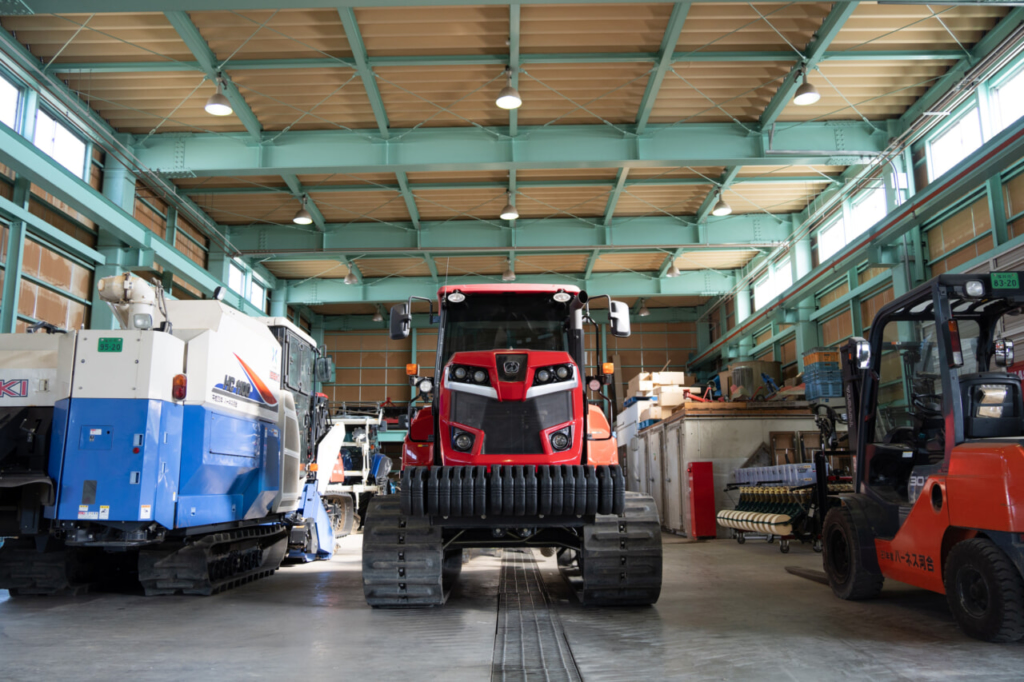
In order to maximize the use of the large plots of farmland, it was also essential to invest in agricultural equipment. In 2000, the company took advantage of a subsidy program to install state-of-the-art agricultural equipment, including an ultra-large combine harvester, on a large scale. This dramatically improved productivity. In addition, in order to increase the productivity of the soil itself, they have actively implemented plow cultivation, which involves digging up and inverting the soil, and composting. Currently, they are working to cultivate rice without chemical fertilizers and with reduced use of pesticides.
Tackling the challenge of growing native buckwheat
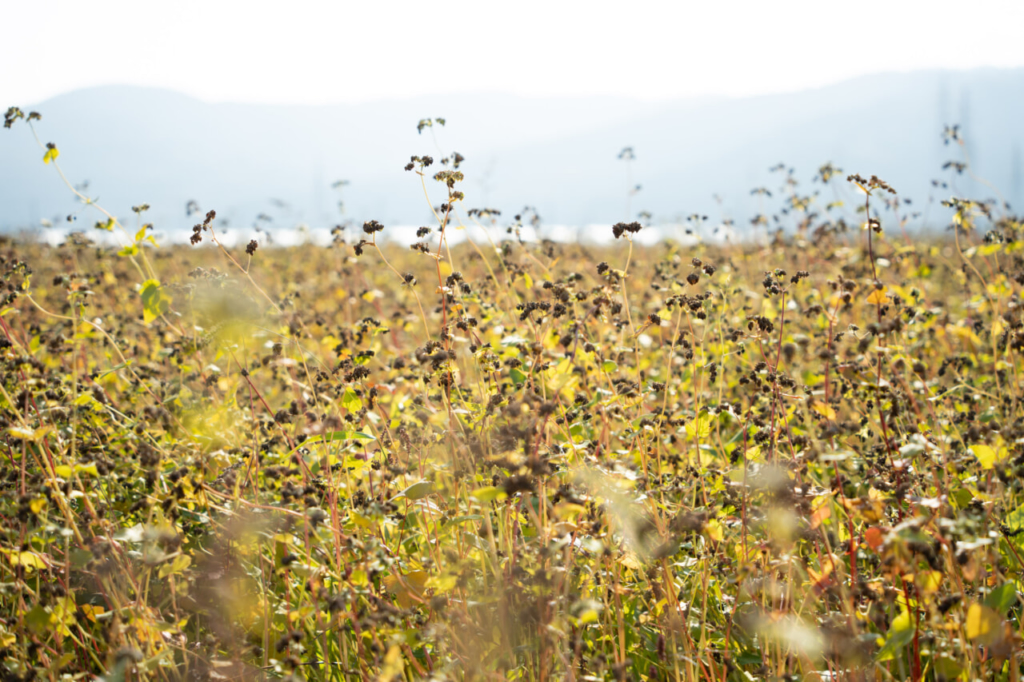
Around 2008, Harness Kawai took on the challenge of cultivating “native buckwheat” in earnest. Japan relies on imports for most of its soba, with domestic production accounting for about 20% of the total. Since domestically produced buckwheat is highly valued by handmade buckwheat noodle restaurants and other restaurants that are particular about taste, and because it can receive government subsidies for double cropping, they began planting buckwheat on land after barley was harvested. In addition, Ogura’s father’s associates continued to visit landowners to persuade them to cultivate buckwheat on fallow land. The landowners were reluctant at first, but when they saw the abundant buckwheat crops growing on the land the cooperative was cultivating, they gradually began to offer their land to the cooperative.
The Challenge of Summer Soba
In Fukui Prefecture, seeds are usually sown in August and harvested from October to November, with the new buckwheat season lasting about a month after that. Currently, Ogura and his colleagues are focusing on “summer soba,” which Fukui Prefecture began experimentally cultivating in 2011, and are also producing an improved variety called “Kitawase buckwheat. Summer soba is sown in late April and harvested in early summer, from late June to early July. Demand for summer soba has grown steadily over the past few years, and now accounts for about 30% of all soba produced by Harness Kawai.
Thorough quality control after harvest
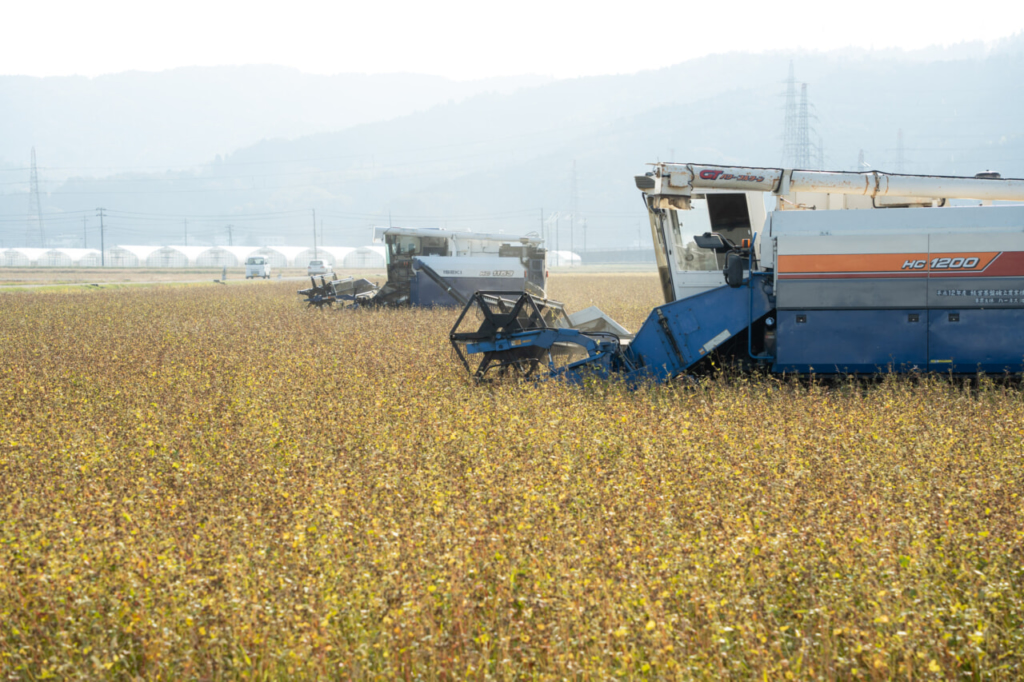
Although it is more efficient to dry the harvested buckwheat at once when the harvest is complete, Mr. Ogura and his colleagues dry the buckwheat every time the tanks of the combine harvesters are full, “to keep the freshness of the buckwheat. Normally, buckwheat is shipped from the producer to JA, where it is dried before distribution. Instead, Harness Kawai dries the buckwheat to the best condition in-house, carefully removes impurities, and stores the buckwheat in a refrigerator as brown buckwheat. The value of brown buckwheat, which has been enhanced through thorough quality control after harvesting, is distributed wholesale to flour milling companies and other customers mainly in Fukui, Nagano, and Tokyo.
Gen soba is buckwheat with the outer skin still on, while those with the skin peeled off are called “marunuki” or “mukimimi” (peeled). The company’s dedicated staff members travel throughout Japan to develop new customers, including noodle manufacturers and soba stores and other restaurants. In order to meet the needs of such a wide variety of customers, the company also produces unmilled brown buckwheat and even mills buckwheat flour.
Production, Processing, and Beyond
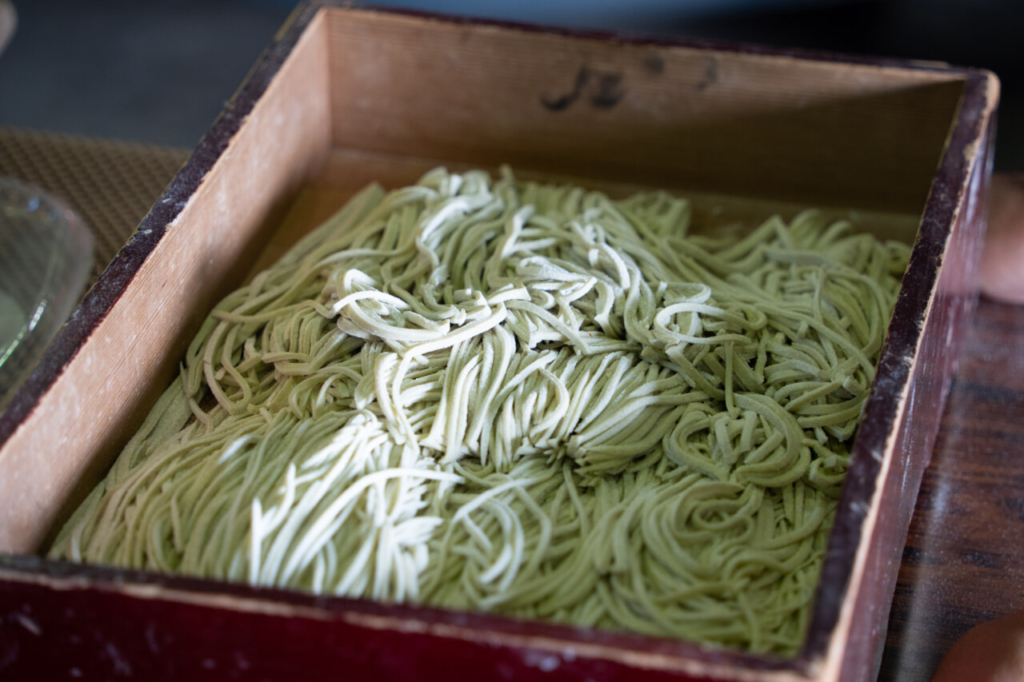
At Harness Kawai’s buckwheat flour processing plant, eight stone mills slowly grind brown buckwheat into buckwheat flour. Although stone milling takes more time and labor than milling buckwheat flour using a high-speed roller mill, it produces high-quality buckwheat flour because it does not retain heat, thus preserving the flavor and sweetness of the buckwheat.
Recently, Mr. Ogura’s proposal was accepted, and the company began working on buckwheat noodle milling. We distributed the buckwheat flour to our cooperative members at the end of the year, and they were delighted. Eventually, we would like to create a place where we can offer soba to the general public,” he says.
If the company is able to handle the entire process from cultivation to milling, noodle production, and sales, it will be able to further promote the appeal of Fukui Prefecture’s native buckwheat. In this way, the company hopes to continue to take on new business challenges and continue to experiment. Of course, in addition to production and sales, the company plans to focus on agricultural experiences and event activities that will interest consumers. Harness Kawai has focused on preserving and nurturing native varieties, and has been practicing a rather backward style of agriculture. However, now that it has become a strong weapon in their arsenal, they feel that they must now look to the future and incorporate AI and DX (Digital Transformation) into their farming, considering the succession issues of their members and stable sustainability. Because they have thought for themselves and created an environment for betterment, Harness Kawai will continue to respond to the changing times and consumer needs, while developing the traditions and culture unique to this place for many people.



